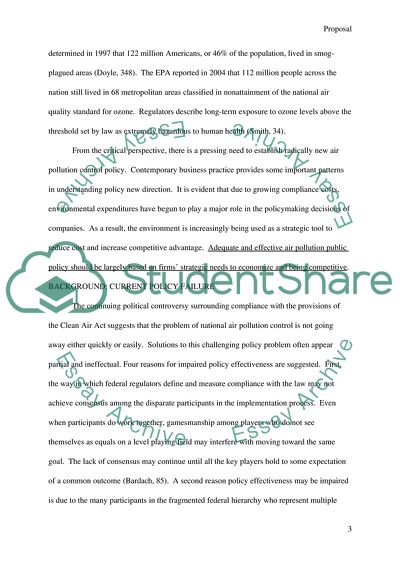Cite this document
(New Pollution Control Policy Report Example | Topics and Well Written Essays - 1500 words, n.d.)
New Pollution Control Policy Report Example | Topics and Well Written Essays - 1500 words. https://studentshare.org/environmental-studies/1735775-proposal-argument
New Pollution Control Policy Report Example | Topics and Well Written Essays - 1500 words. https://studentshare.org/environmental-studies/1735775-proposal-argument
(New Pollution Control Policy Report Example | Topics and Well Written Essays - 1500 Words)
New Pollution Control Policy Report Example | Topics and Well Written Essays - 1500 Words. https://studentshare.org/environmental-studies/1735775-proposal-argument.
New Pollution Control Policy Report Example | Topics and Well Written Essays - 1500 Words. https://studentshare.org/environmental-studies/1735775-proposal-argument.
“New Pollution Control Policy Report Example | Topics and Well Written Essays - 1500 Words”. https://studentshare.org/environmental-studies/1735775-proposal-argument.


